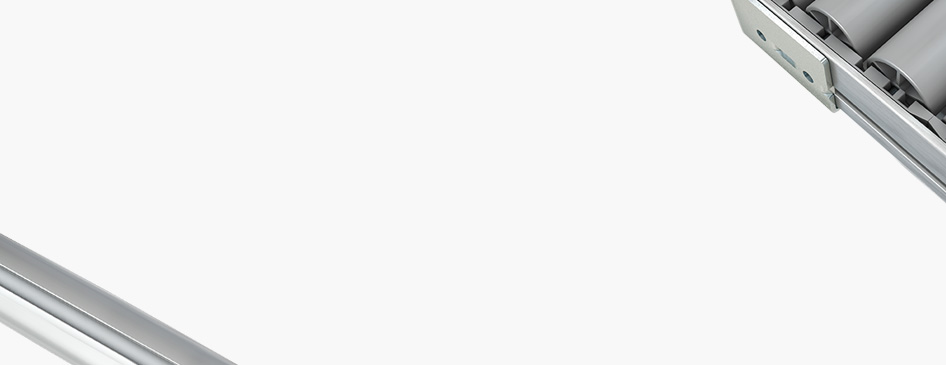
Choose one
or multiple languages
0,1,1
- German
- English
- Chinese
- Spanish
Vapour deposition (thermal)
Thermal vapour deposition (also called vapour condensation plating and vapour phase Coating) is a coating method performed in a high vacuum.
The layer Material is heated until it is close to its boiling point. Atoms or clusters of atoms vaporise during this process. They move through the vacuum chamber to the cooler base material (substrate) where they condense and form a layer. The starting material can be heated electrically, or using a laser, electron beams or an electric arc.
The vacuum is needed to reduce the number of collisions with gas particles that remain in the vacuum and thus minimise chemical reactions such as oxidation. In addition, the process pressure must be less than the gas pressure of the material undergoing vapour deposition. In some cases, such as when producing TiN, a chemical reaction is deliberately brought about.
A distinction is made between methods in which the coating material is completely melted (using Resistance-heated vaporisers or induction heaters) and methods in which only part of it melts (using an electron beam vaporiser, electric arc vaporiser or pulsed laser).
Vapour deposition is possible with metals (copper, silver, gold) and other materials such as silicon dioxide, indium tin oxide (solar cells) or organic semi-conductors.
Bedampfen (thermisch)
Das thermische Bedampfen (auch Aufdampfen, Verdampfen) gehört zu den Beschichtungsverfahren im Hochvakuum.
Das Schichtmaterial wird bis nahe des Siedepunktes erhitzt. Dabei verdampfen Atome oder Atomcluster. Sie bewegen sich durch die Vakuumkammer zum kühleren Basismaterial (Substrat) und kondensieren dort schichtbildend. Das Ausgangsmaterial kann dabei elektrisch, durch Laser, Elektronenstrahlen oder einen Lichtbogen erhitzt werden.
Das Vakuum ist nötig, um Zusammenstöße mit im Vakuum verbliebenen Gasteilchen und damit chemische Reaktionen wie Oxidationen zu verringern. Zudem muss der Prozessdruck unter dem Gasdruck des aufzudampfenden Materials liegen. Daneben gibt es Verfahren z. B. für die Herstellung von TiN, bei denen eine chemische Reaktion gezielt herbeigeführt wird.
Unterschieden werden Verfahren, bei denen das Beschichtungsmaterial vollständig aufgeschmolzen wird (mittels Widerstandsverdampfer, Induktionsheizer) und solche, bei denen nur ein Teil aufschmilzt (per Elektronenstrahlverdampfer, Lichtbogenverdampfer oder gepulstem Laser).
Werkstücke können mit Metallen (Kupfer, Silber, Gold) und anderen Stoffen wie Siliciumdioxid, Indiumzinnoxid (Solarzellen) oder organischen Halbleitern bedampft werden.
气相沉积(热过程)
热气相沉积(也称为蒸汽冷凝电镀和气相镀层)是一种在高真空条件中进行的)。
镀层材料被加热至接近其沸点的温度。在此过程中原子或原子簇被蒸发。它们通过真空室移动到温度更低的基材(下层)上,在那里凝结并形成镀层。原材料可通过电、或激光、电子束或电弧来进行加热。 需要真空氛围来减少与保留在真空中的气体粒子的碰撞次数,并由此最大程度降低氧化等化学反应。此外,工艺压力必须小于该材料经受气相沉积的气体压力。在某些情况下,例如制造氮化钛膜时,需要特意进行化学反应。
镀层方法可以分为两类:镀层材料完全熔化(使用用电阻加热蒸发器或感应加热器),和镀层材料仅部分熔化(使用电子束蒸发器、电弧蒸发器或脉冲激光器)。
气相沉积也可用于金属(铜、银、金)以及其它材料,如二氧化硅、氧化铟锡(太阳能电池)或有机半导体。
近义词
蒸汽冷凝电镀
电阻加热蒸发器
电弧蒸发器
电子束蒸发器
气相镀层
蒸汽冷凝电镀
Deposición de vapor (térmico)
La deposición de vapor térmica (también llamada chapado por condensación de vapor y recubrimiento de fase de vapor) es un llevado a cabo en un alto vacío.
El material de capa es calentado hasta estar cerca del punto de ebullición. Átomos y grupos de átomos se vaporizan durante este proceso. Se mueven a través de la cámara de vacío hasta el material base más frío (sustrato), donde se condensan y forman una capa. El material de inicio puede ser calentado eléctricamente, o con un láser, haz electrónico o arco eléctrico.
El vacío es necesario para reducir el número de colisiones con las partículas de gas que permanecen en el vacío y, por lo tanto, minimizan las reacciones químicas como la oxidación. Además, la presión del proceso debe ser menor a la presión del gas del material sometido a la deposición por vapor. En algunos casos, como cuando se produce TiN, se genera deliberadamente una reacción química.
Se debe distinguir entre los métodos en los cuales el material de recubrimiento es derretido completamente (usando vaporizadores calentados por resistencia o calentadores de inducción) y los métodos en los que solo parte se derrite (usando un vaporizador de haz electrónico, vaporizador de arco eléctrico o láser pulsante).
La deposición por vapor es posible con metales (cobre, plata, oro) y otros materiales como el dióxido de silicio, el óxido de indio estaño (celdas solares) o los semiconductores orgánicos.
